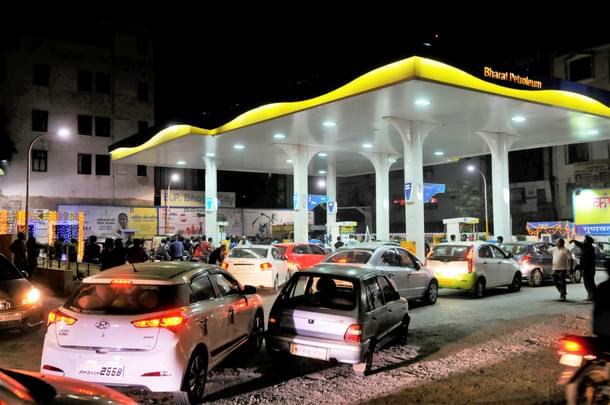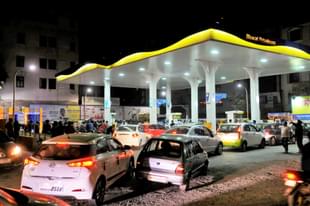Insta
UPSC Civil Services Exam: Demography At 2040 - Topic In Economic Survey 2019 For IAS Aspirants (Part IX)
Swarajya Staff
Jul 30, 2019, 08:59 AM | Updated 08:59 AM IST
Save & read from anywhere!
Bookmark stories for easy access on any device or the Swarajya app.


Economic Survey 2019 chapter 7 talks about the issues of population and demography facing the country. It notes that the projected population and age-structure over the next two decades has several implications for policy:
- provision of health care
- provision of old-age care
- provision of school facilities
- access to retirement-related financial services
- public pension funding
- income tax revenues
- labour force and labour participation rates
- retirement age
The Survey makes following observations:
- Population growth rate is declining over decades and is less than 1 per cent for southern states as well as Maharashtra, Himachal Pradesh, West Bengal, Punjab, Odisha, Assam.
- India’s TFR is 2.3 as of 2016. This is higher than replacement TFR of 2.1. But the Survey argues that due to skewed sex ratio, India might be closer to effective replacement fertility.
- 13 out of 22 major states are below replacement TFR
- There is significant heterogeneity across states
For southerns states, Himachal Pradesh, Maharashtra, Punjab, West Bengal following are true:
- TFR is well below replacement level
- Most of the population growth is due to momentum
- more than 10 per cent of the population comprises of those aged 60 years or above
- Around one third population is below 20 years of age
In contrast, states like Bihar, Uttar Pradesh, Jharkhand, Rajasthan, Chhattisgarh, Madhya Pradesh are in early stages of the demographic transition.
The Survey argues that India has entered the next stage of demographic transition -
- population growth set to slow markedly in the next two decades
- a significant increase in share of working age population
The Survey says that while family planning methods have worked for decades, certain new socio-economic trends have emerged in the last 10-15 years, that will hasten the decline of TFR. These are: rising female education, postponement of marriage, access to family planning methods, and continued decline in infant mortality.
The Survey argues that population in the 0-19 age bracket has already peaked due to sharp declines in total fertility rates (TFR) across the country.
Accounting for the skewed sex ratio in the country, the national TFR is expected to be below replacement rate by 2021.
The proportion of elementary school-going children, i.e. 5-14 age group, will witness significant declines. Therefore, many states need to pay greater attention to consolidating/merging schools to make them viable rather than building new ones.
Some states will start transitioning to an ageing society by the 2030s. They need to invest in health care as well as a plan for increasing the retirement age in a phased manner.
This ends the chapter 7 of the Economic Survey. In next part, we shall continue with chapter 8. You can read the previous parts of this series here.





